Brahmi Script: An Invention of the Early Maurya Period
Synopsis
The origin of Brahmi script is one of the most ticklish problems of ancient Indian history. Coupled with this problem is the question of the prevalence of the art of writing in the post-Indus –pre-Asokan period. Earlier it was believed that the knowledge of the art of writing in India was caused by the Greek or West Asian impact. Later, it was proposed that Asokan Brahmi was the end-result of the evolution of the Indus script. The author of the present monography Professor S.R. Goyal has, however, sought to prove that barring the north-western regions, which were aware of the scripts prevalent in Iran, the art of writing was unknown in pre-Asokan India and that Brahmi was invented after the visit of Megasthenes to the Maurya court (c.300 B.C.) and before the Asokan edicts were engraved (c. 260 B.C.). Professor Goyal propouned this view in his Presidential Address also, delivered to the Silver Jubilee Congress also, delivered to the Silver Jubilee Congress of the All-India Epigraphical Society held at Udupi in April 1999. It is a revolutionary suggestion which is bound to make historians, epigraphists and palaeographists sit up and think.
Read more
38.70
34.83
$
43.00 $
Free delivery Wolrdwidе in 10-18 days
Ships in 2-4 days from New Delhi
Membership for 1 Year $35.00
Get it now and save 10%
Get it now and save 10%
BECOME A MEMBER

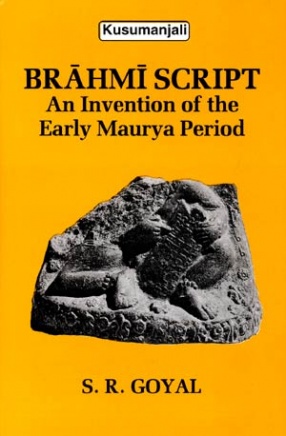

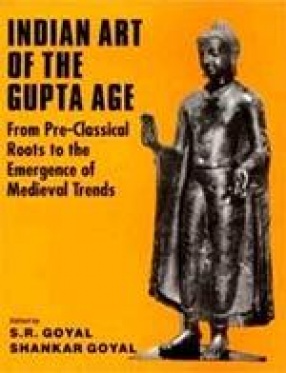
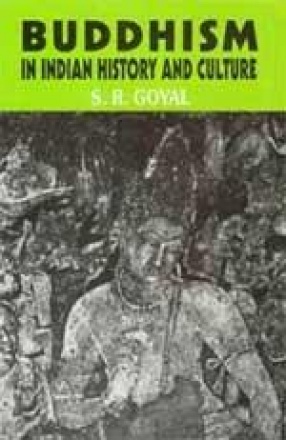
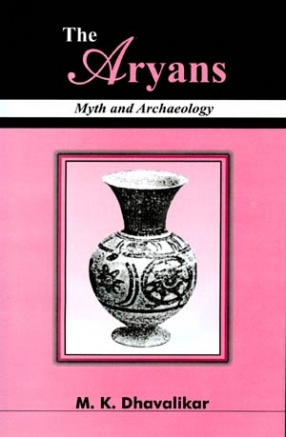
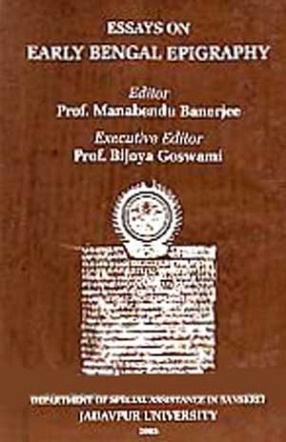
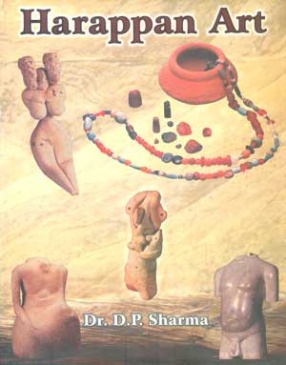
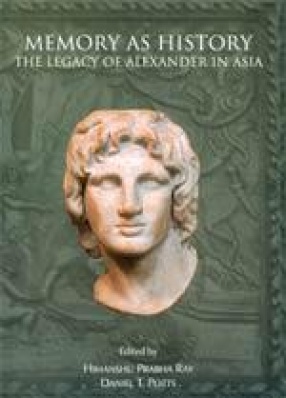

Bibliographic information